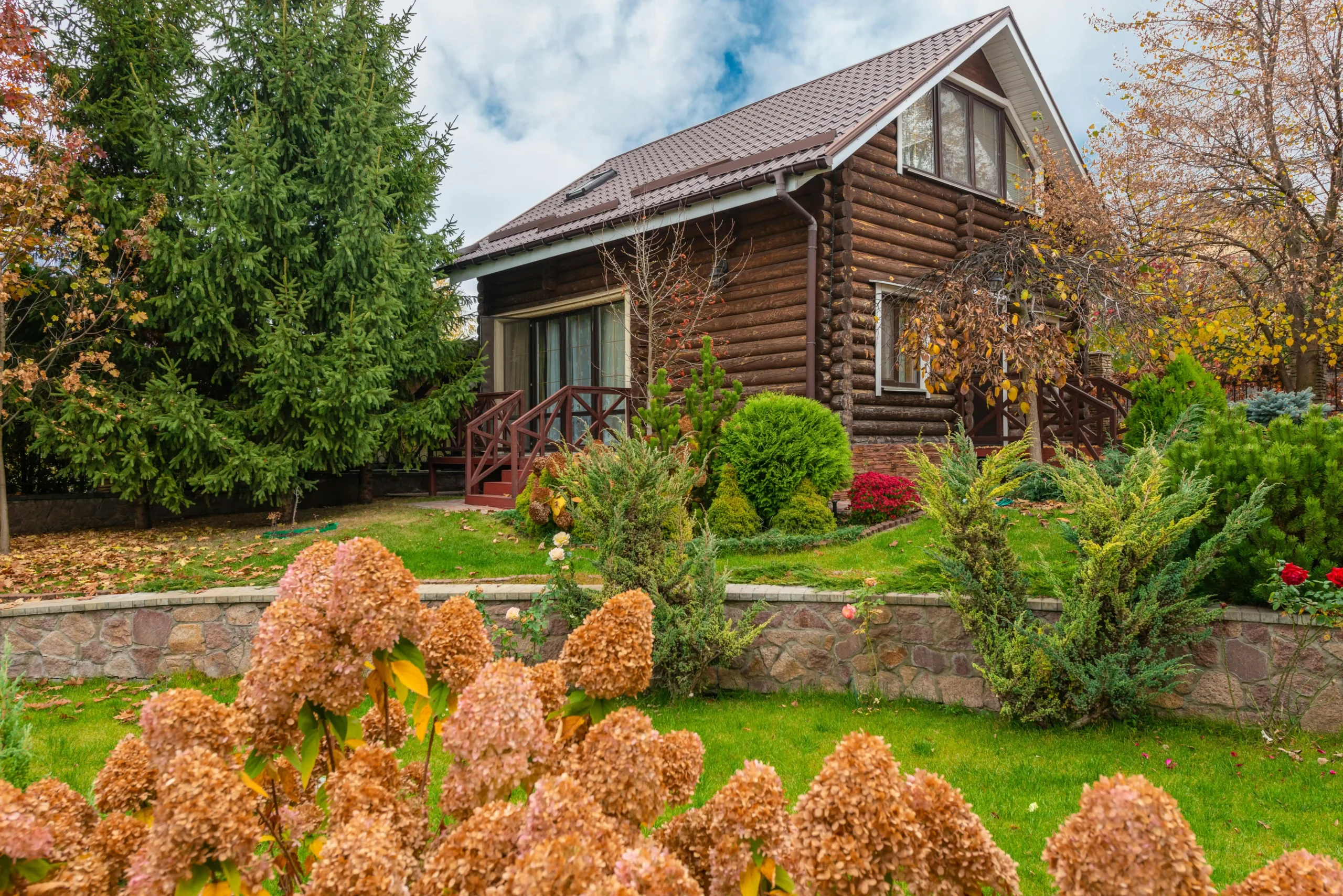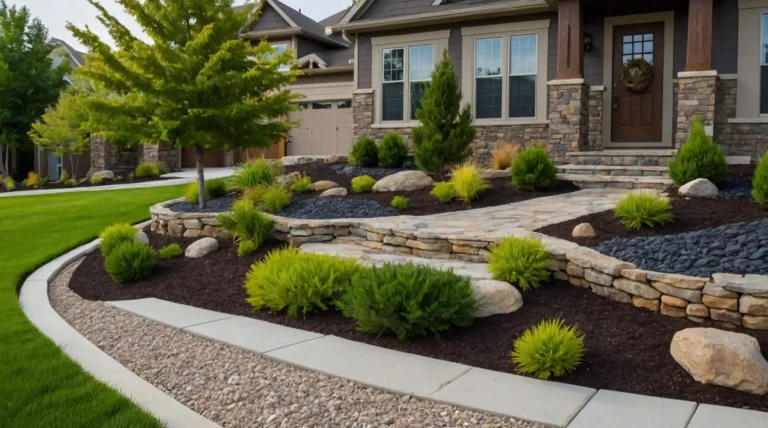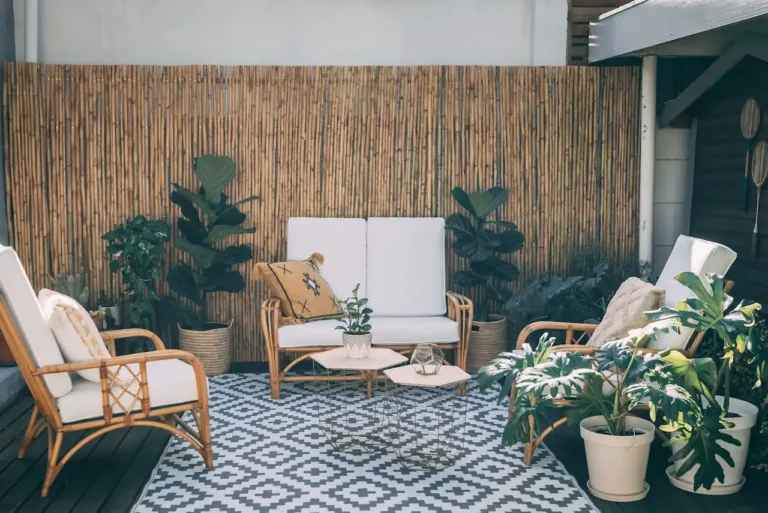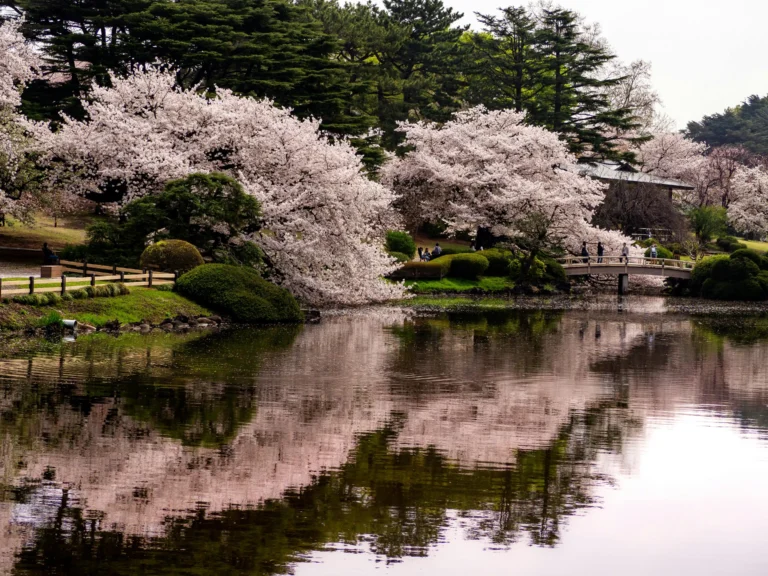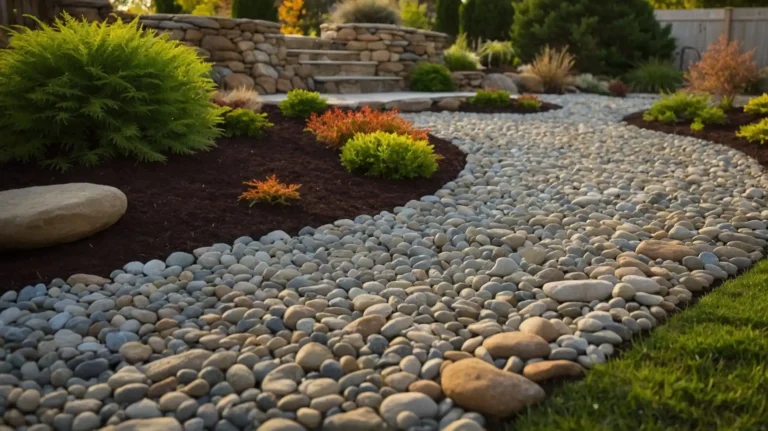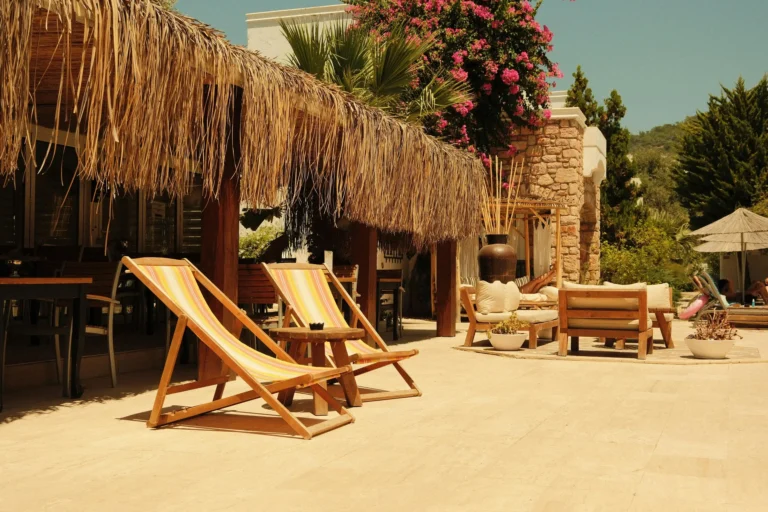How to Build a Tiered Garden on a Slope
You’ve got a sloped yard that feels impossible to garden? Don’t let that hillside intimidate you.
Building a tiered garden transforms your challenging slope into a stunning landscape feature. You’ll create functional growing spaces while preventing erosion and adding visual appeal to your property.
Plan Your Terraced Design
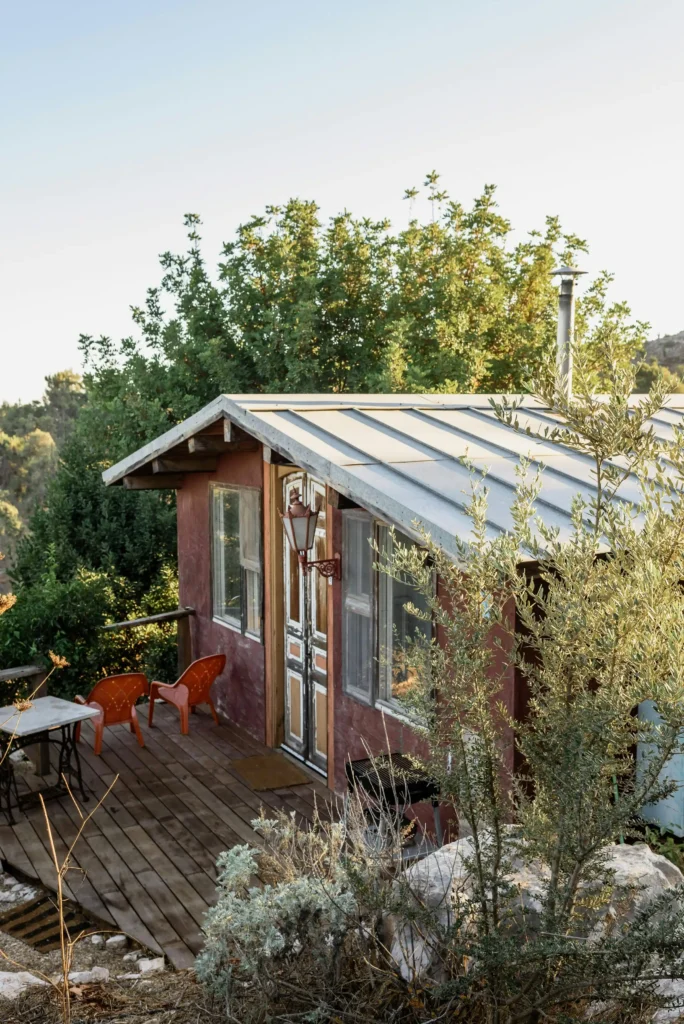
Start by walking your slope and observing how water flows during rain. You’ll want to work with natural drainage patterns rather than against them.
Measure the slope’s angle and total height to determine how many tiers you’ll need.
Sketch your design on paper first. Plan for terraces that are 3-4 feet wide minimum – this gives you enough space to actually garden comfortably.
Consider how you’ll access each level. You might need stepping stones or a winding path.
Think about sun exposure too. Your upper tiers will get more direct sunlight, while lower levels might be partially shaded.
This natural variation lets you grow different types of plants throughout your terraced garden.
Choose Your Retaining Materials
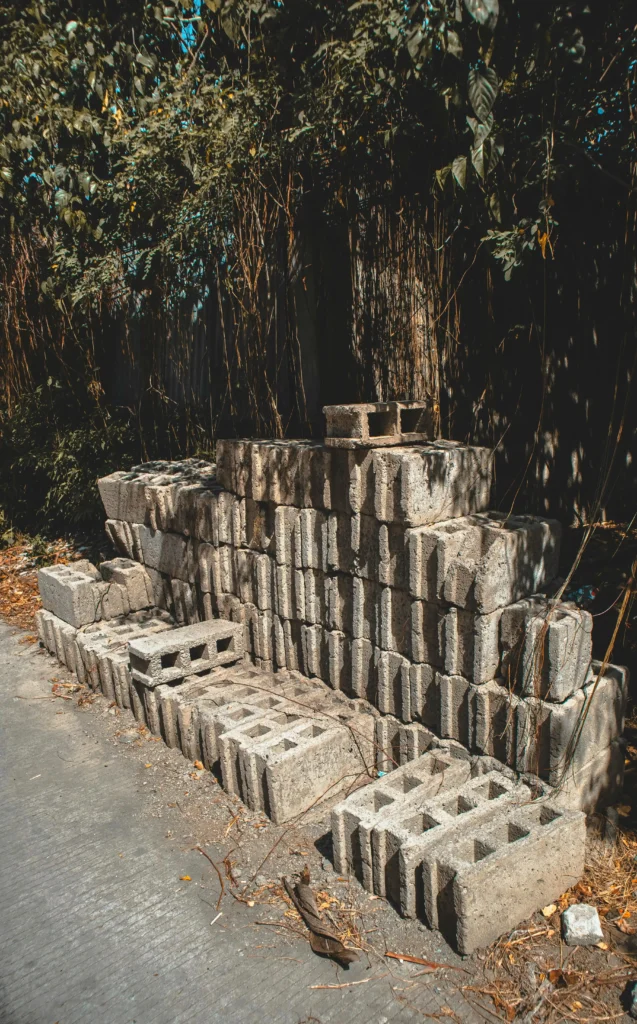
Stone blocks create the most durable and attractive retaining walls.
You can stack them without mortar for smaller terraces, making installation easier and allowing for drainage. Natural stone blends beautifully with outdoor settings.
Treated lumber offers a budget-friendly option that’s easier to work with. Use thick timbers or railway ties, and remember to drill drainage holes every few feet.
The wood will age gracefully and can last 10-15 years with proper treatment.
Concrete blocks provide excellent stability for steeper slopes.
While less attractive initially, you can face them with stone veneer or let climbing plants soften their appearance over time.
Prepare Your Foundation
Dig out your first terrace starting from the bottom of the slope.
You’ll need to excavate about 6 inches deeper than your planned soil level to accommodate drainage material.
This foundation work prevents future settling and water problems.
Layer coarse gravel or crushed stone in your excavated area.
This drainage layer should be 4-6 inches deep and slope slightly away from the retaining wall. Compact it well with a tamper or the back of a shovel.
Install your retaining wall on this prepared base. Keep your first course of stones or blocks level – use a spirit level and adjust the gravel base as needed.
Each subsequent course should be slightly set back from the one below for stability.
Build Up Your Soil
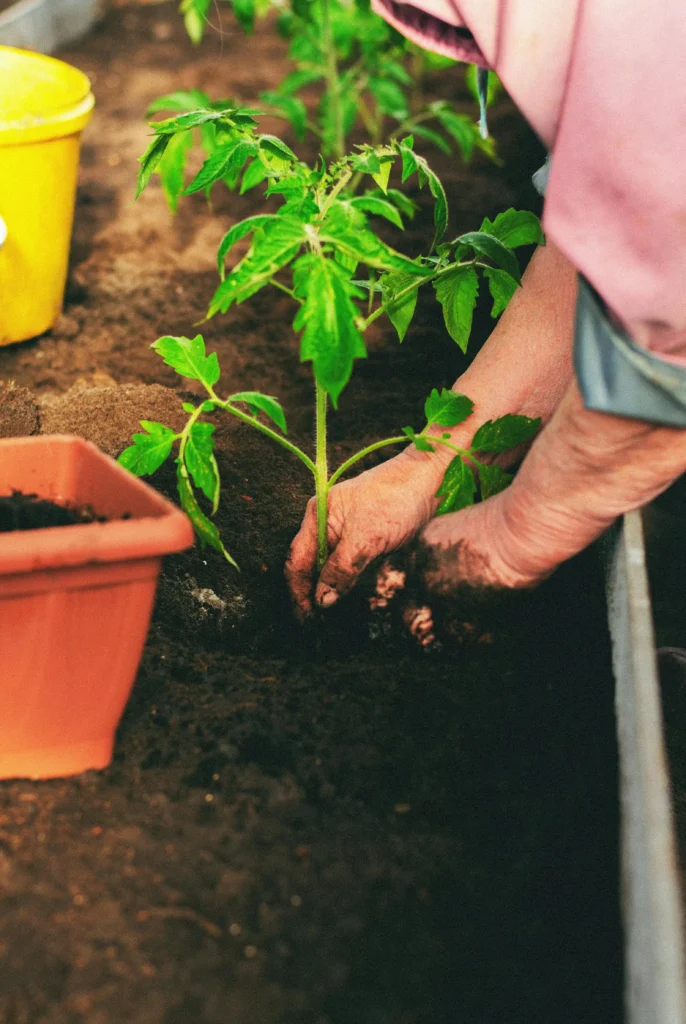
Fill behind your retaining wall with quality soil, but don’t use heavy clay or pure topsoil.
Mix in compost, coarse sand, and small gravel to create a well-draining blend. Heavy, waterlogged soil puts dangerous pressure on retaining walls.
Add soil in 6-inch layers, watering and compacting gently as you go. This prevents major settling later.
Leave about 2 inches of space between your soil level and the top of the retaining wall for mulch and plant growth.
Install drainage pipes behind taller retaining walls.
These perforated pipes, surrounded by gravel, channel water away and prevent pressure buildup. Direct the water to a safe outlet area downhill.
Plant Strategically
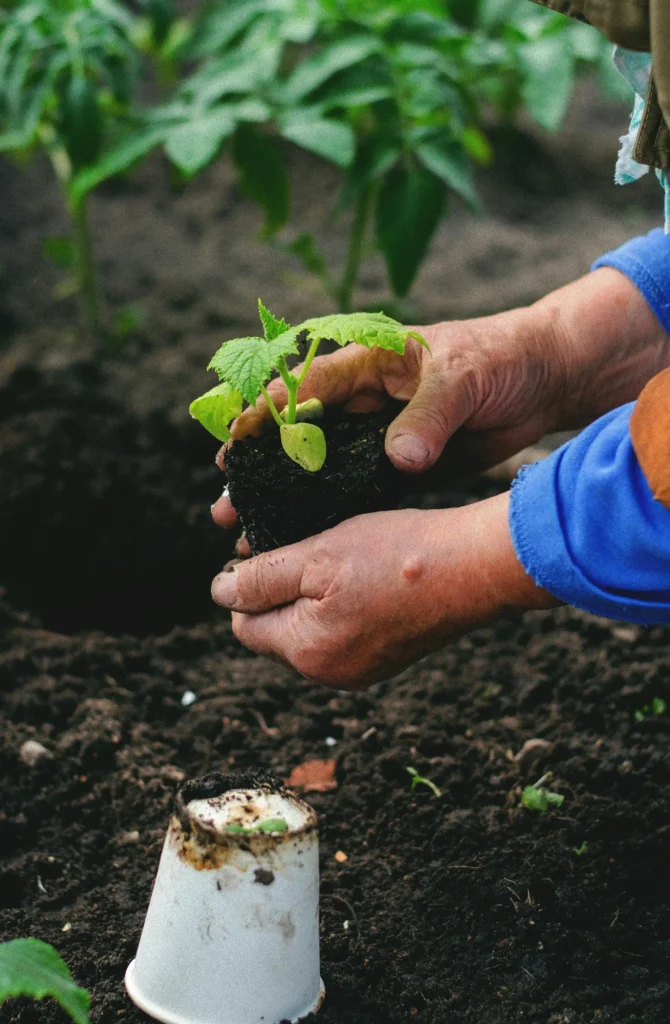
Choose deep-rooted plants for your terraces – their roots help stabilize the soil and retaining structures.
Native grasses, small shrubs, and perennials work excellently. Avoid shallow-rooted annuals on steep sections.
Plant your terraces as soon as possible after construction. Exposed soil erodes quickly, especially on slopes.
Start with groundcover plants that spread rapidly to establish coverage.
Consider the mature size of your plants. You don’t want tree roots undermining your retaining walls in five years.
Place larger plants toward the back of each terrace and smaller ones near the edges.
Maintain Your Terraced Garden
Check your retaining walls annually for signs of movement or damage. Look for bulging, cracking, or stones that have shifted.
Address small problems immediately before they become major repairs.
Mulch heavily on your terraces to retain moisture and prevent erosion. Organic mulches like wood chips or shredded leaves work best.
They decompose slowly and improve your soil over time.
Water deeply but less frequently to encourage deep root growth. Your terraced design naturally slows water runoff, giving plants more time to absorb moisture.
This makes your garden more drought-tolerant once established.
Conclusion
Building a tiered garden transforms your slope into a productive, beautiful landscape feature that you’ll enjoy for years to come.

